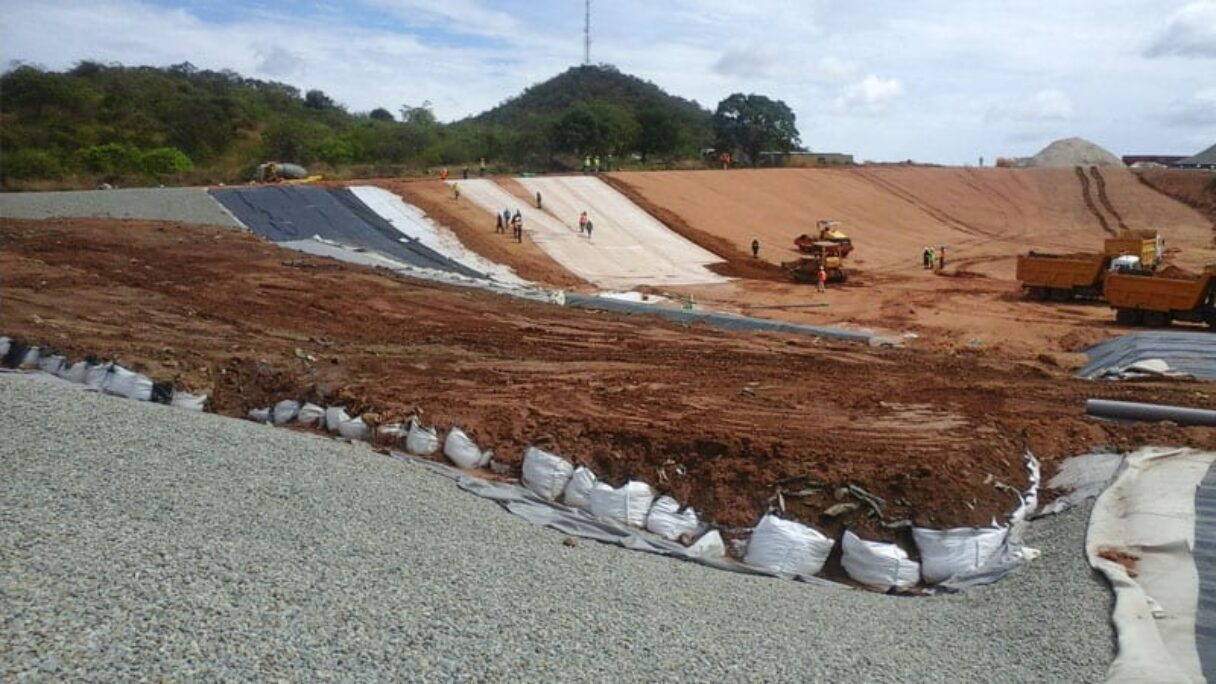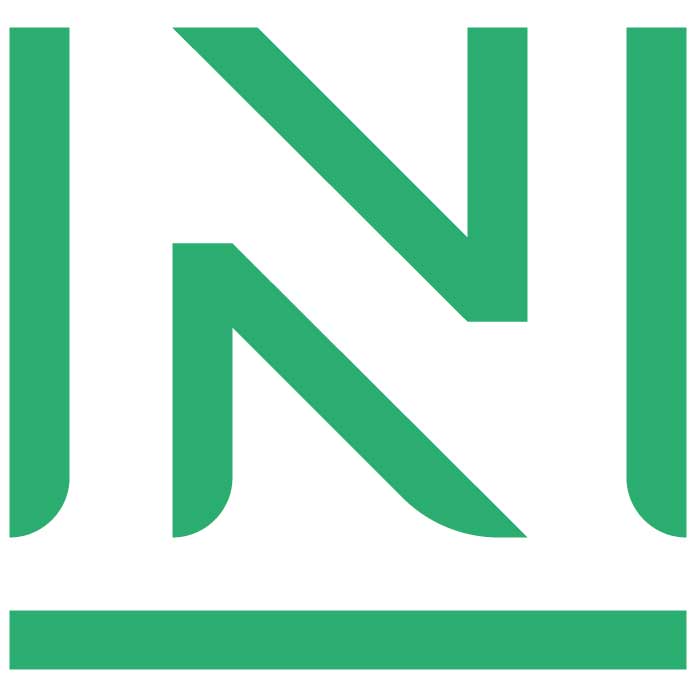Securing hazardous waste in Uganda

The Nyamasoga Landfill in Uganda is a critically important hazardous waste facility in the oil-rich Hoima District. The 44 ha site is in close proximity to drilling pads and a proposed refinery. The site is also something of a trailblazer. In the absence of any governing hazardous waste barrier standards in the country for such a site, the facility owner chose a fully modernized design with geosynthetics from NAUE to environmental security.
EnviroServ Uganda (ESU) operates the facility, which has been designed to handle drilling fluids, mud cuttings, and other industrial and processing wastes not suitable for municipal solid waste burial.
Jones & Wagener was retained to design the hazardous waste containment strategy, including waste cells, leachate management systems, stormwater management, access roads, and more. J & W’s modular solution called for Carbofol® geomembranes, Bentofix® geosynthetic clay liners (GCLs), and Secugrid® geogrids to solve the site’s challenging parameters.
The local soils were characterized by sandy clays with pockets of gravel interspersed. Weathered rock was present between 2.5 and 4.5m below the surface. This limited the maximum cell depth to 5m, to minimize rock excavation and prevent groundwater perching.
Additionally, the area was hilly, including being extremely steep at some edges. The design engineers created a C-shaped cell plan on the north side of the property, with the center points of the C having the lowest elevation. This is where the primary stormwater management cells were set, creating a very efficient design.
With only a highway running along the southern edge of the plot, access roads were constructed along all other side of the atypical, wedged-shaped location.
The modular layout included four cells, each of which was further halved by a 3m berm from the bottom of the cell. Security berms with 4m crests were built around the cells, both for slope stability and stormwater management. The external sides of the slopes were designed at 2:1 (horizontal:vertical) and the internal sides at 3:1.
In the absence of guidance within Uganda’s environmental codes, the project turned to South African lined facility regulations and design specifications common to oil operations in the region.
This produced designs for waste containment and stormwater management following South Africa’s Class A approach, which is a double liner system (composite geomembrane/GCL approach with a leak detection system separating the primary and secondary containment geosynthetic).
Due to a water table that perched at 5.2m, seepage was detected into the system during excavation. Thus, a geocomposite drainage layer was included in the design. Natural filter materials were prohibitively expensive to source for the site.
The absence of easily sourced filter material was only one of the sourcing challenges presented by the location. A bentonite-enhanced soil layer was expected, for example; but, bulk sourcing such a clay layer was not possible in the area. Thus, the design was amended to include two GCL layers instead of just one.
This innovative design solution gave the site greater security, better economics, and a quicker, safer installation. It also underscored how geosynthetics provide exceptional performance and affordability for emerging infrastructures.
Further enhancing the site’s security was the specification of textured HDPE geomembranes for optimal frictional performance within the cell topography. This included a mix of textured/textured geomembranes and textured/smooth geomembranes.
Naue geosynthetics – supplied and installed by Gundle Geosynthetics, a South African based lining contractor – now include:
- 59,400m² Bentofix® NSP 4900 GRI GCL3
- 21,420m² Carbofol® 406 2.0 MF/s
- 765m² Carbofol® 406 1,5 MF/MF
- 1,425m² Secugrid® 200/40 R6
